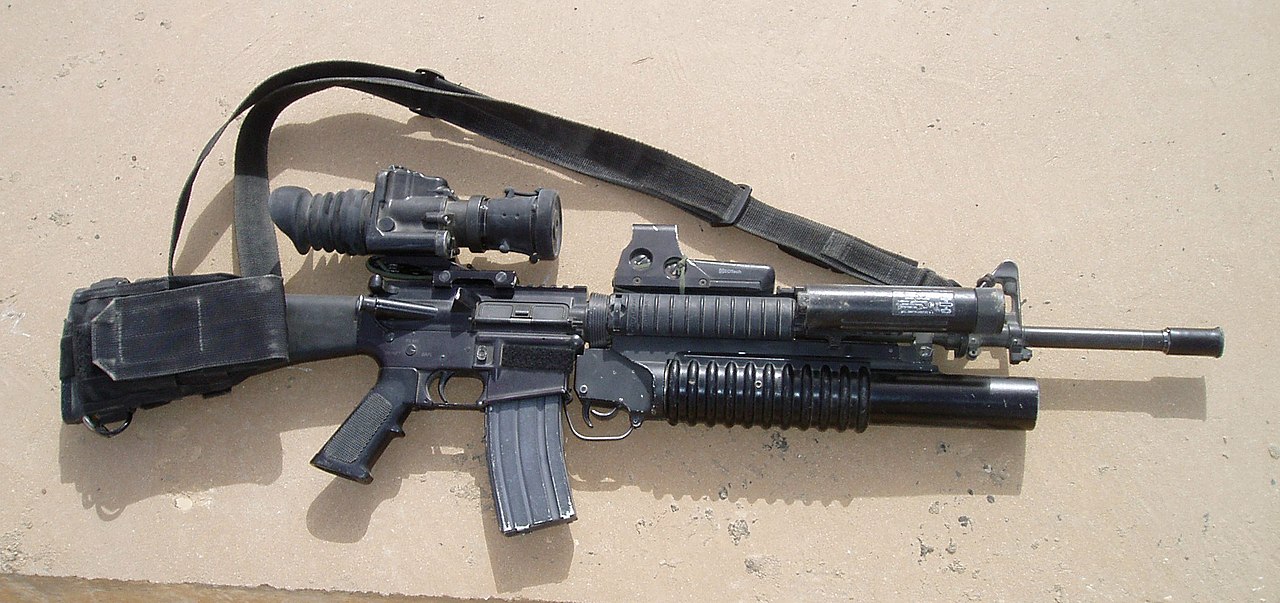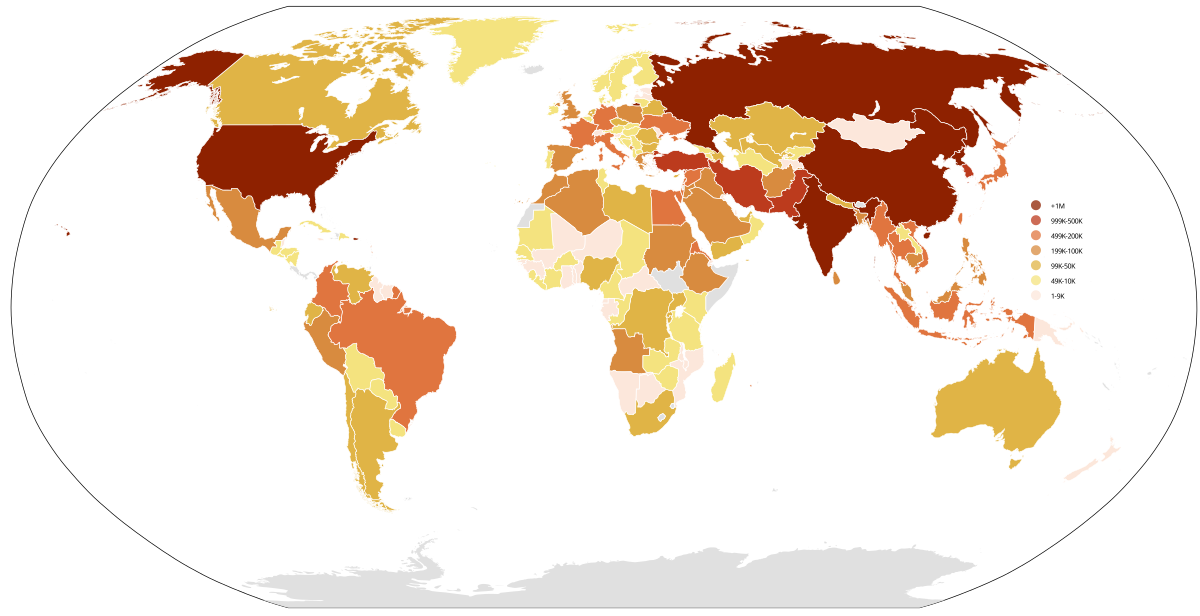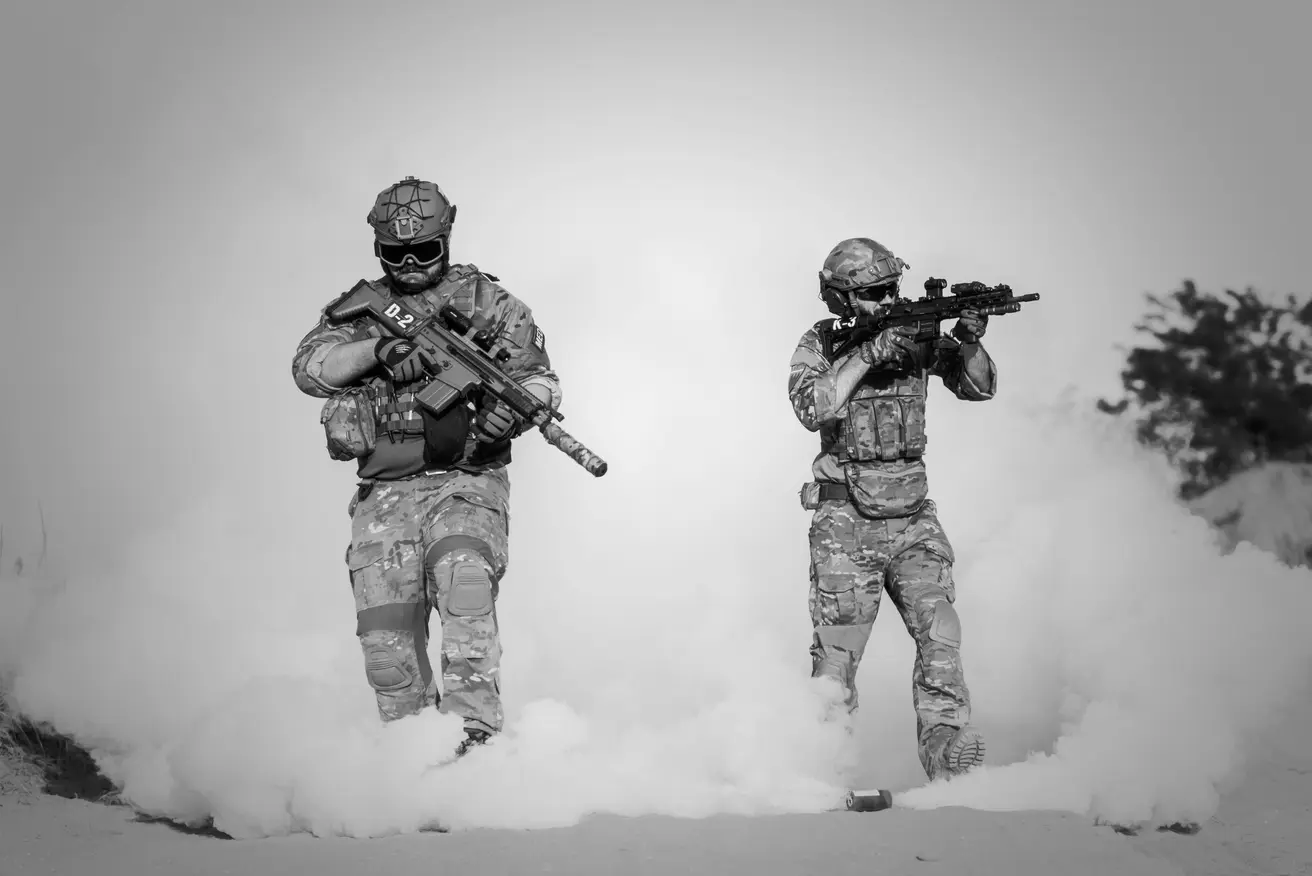Improvised Explosive Devices (IEDs) have become a significant concern in conflict zones worldwide, posing risks to military personnel, law enforcement, and civilians alike. Understanding the most lethal IEDs and their impact can illuminate the pervasive danger they represent and underscore the importance of developing countermeasures.
The Anatomy of an IED
IEDs are homemade bombs constructed and deployed in ways other than conventional military action. They can be made from a variety of materials and can vary greatly in size, form, and method of detonation. Often, these devices are crafted using common household items combined with military ordnance to create devastating effects.
Types of IEDs
IEDs can be classified based on their detonation method, placement, and intended impact. Here are the most common types:
- Vehicle-Borne IEDs (VBIEDs): Often referred to as car bombs, these are placed in vehicles and detonated remotely or by a suicide driver.
- Roadside IEDs: Planted by the side of roads to target patrols or convoys, these are typically detonated by the passerby’s movement or remotely.
- Person-Borne IEDs (PBIEDs): Carried by individuals, often detonated in crowded areas or checkpoints.
- Booby-Traps: Hidden in buildings or on paths, triggered by the victim.
Components of an IED
| Component | Description |
|---|---|
| Switch | The trigger that initiates the detonation, such as a cellphone or pressure plate. |
| Charge | The explosive material, which can range from military-grade TNT to homemade explosives. |
| Power Source | Usually a battery that provides the necessary electrical current. |
| Container | Houses all components; often designed to enhance fragmentation. |
Case Studies of Notorious IED Incidents
Several incidents have highlighted the lethal nature of IEDs. Here we explore some of the most devastating:
- The 1983 Beirut Barracks Bombing: This attack involved a truck bomb that destroyed a U.S. Marine barracks, killing over 200 service members.
- 2001 One Eleven Nightclub Bombing: A VBIED attack in Bali, Indonesia, killed 202 people and injured many more, highlighting the global reach of such threats.
- The Battle of Mogadishu, 1993: IEDs played a significant role in this conflict, influencing modern military tactics regarding urban warfare.
Impact on Military and Civilian Life
IEDs have changed the landscape of combat and civilian life. They are unpredictable, devastating, and can significantly hinder military operations. For civilians, the presence of IEDs means living in constant fear, impacting daily activities and economic stability.
Counter-IED Measures
Countermeasures for IEDs include technological innovations and specialized training for military and law enforcement. Techniques include the use of bomb-sniffing dogs, electronic jammers, and robotic systems to safely diffuse IEDs. Intelligence gathering, community engagement, and developing reliable reporting systems also play crucial roles in mitigating these threats.
Looking Ahead: Strategies for Mitigation
For a more secure future, a multifaceted approach is necessary. This includes enhanced surveillance, international collaboration, and the development of new technologies for detection and disarmament. Community education and increased awareness can also help in identifying suspicious activities early, preventing potential attacks.
Understanding the complexity and the evolving nature of IED threats is crucial for effective prevention and response strategies. While significant progress has been made, ongoing vigilance and innovation are essential to counteract these pervasive threats.









